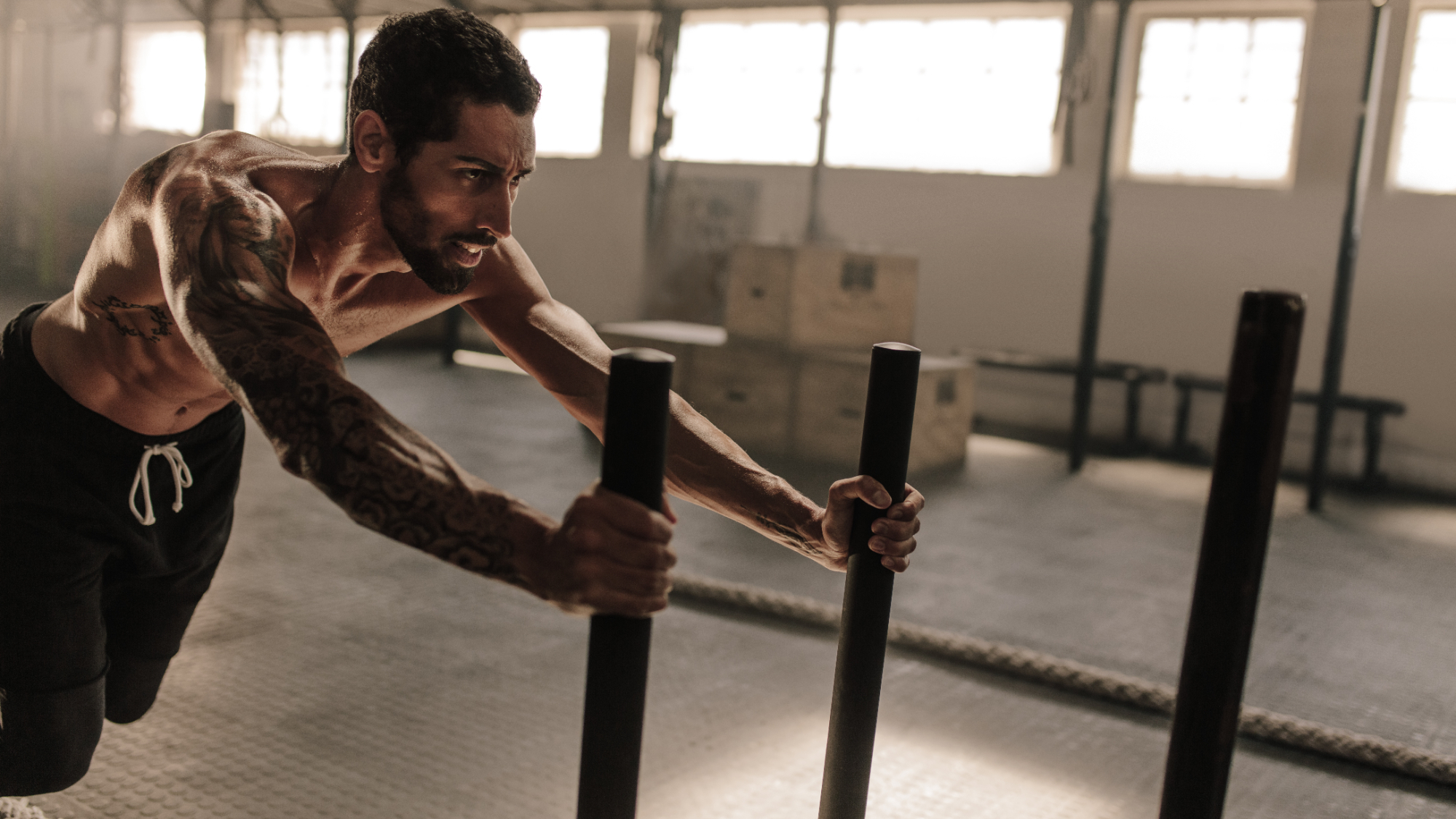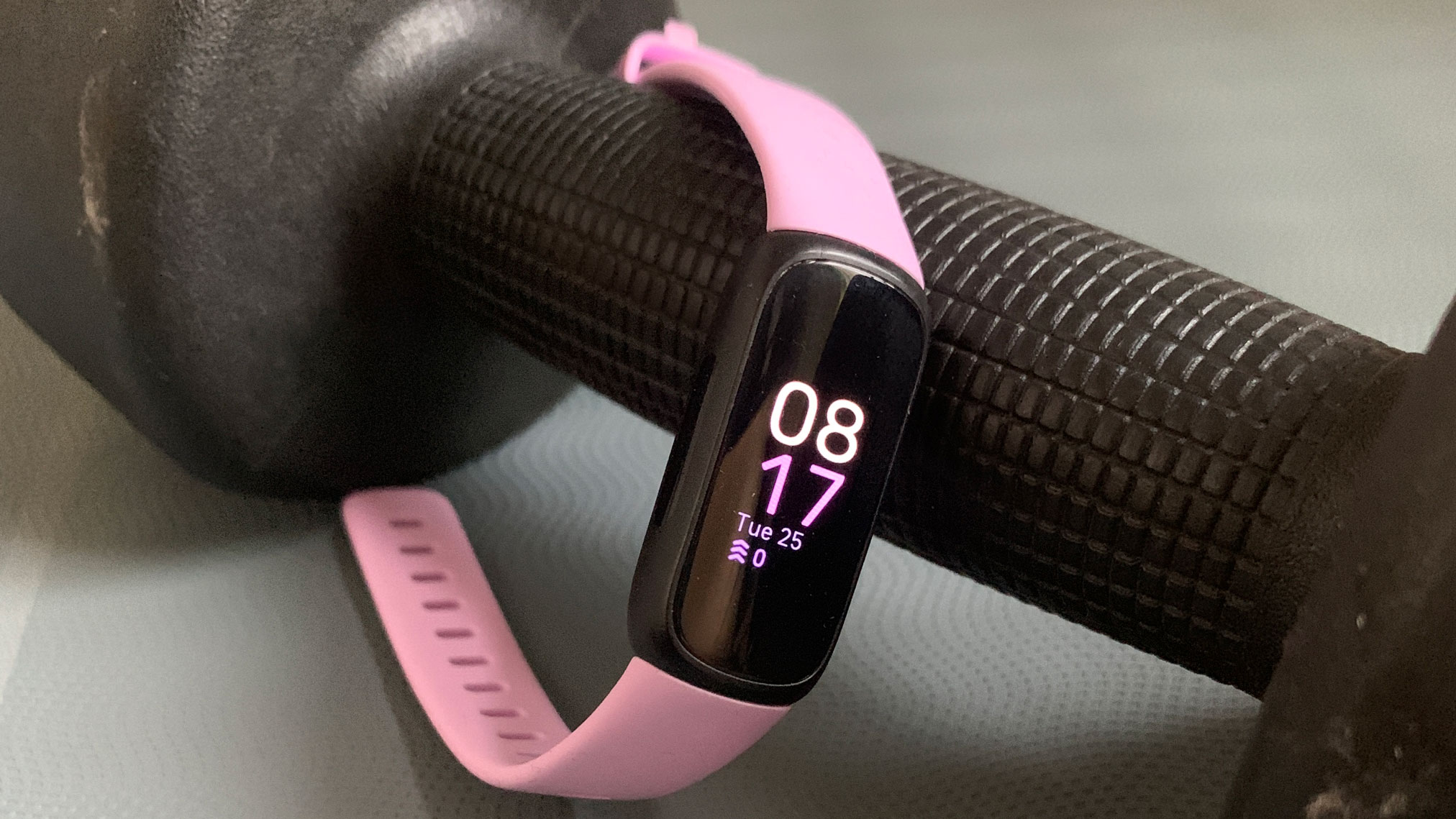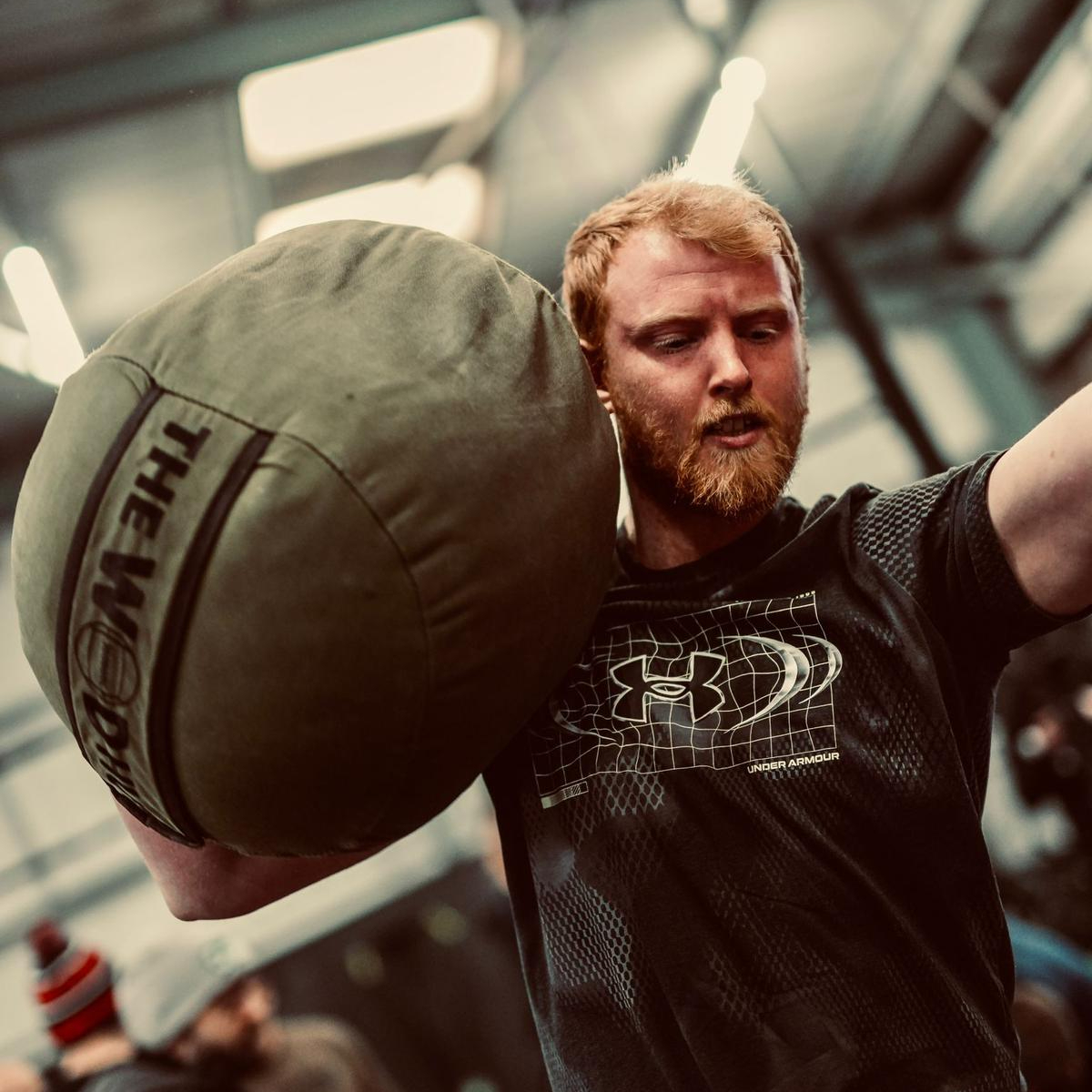What is Hyrox? The trending fitness race explained, plus all the gear you’ll need
Hyrox is dominating the fitness scene worldwide—here’s all you need to know

What is Hyrox? That’s the question on thousands of fitness fans’ minds worldwide right now.
In the simplest terms, Hyrox is a race that combines running with functional fitness movements. But unlike its unpredictable cousin CrossFit, where the workouts change at each competition, the format is the same every time. You run eight one-kilometer intervals, and after each kilometer you perform a different exercise. As with any race, the aim is to record a good time, although simply finishing this grueling test of fitness is a feat to be admired.
Launched in Germany in 2017, the fitness racing phenomenon has quickly swept through Europe and has since made great strides in Australia and the US. Events have also been organized in Africa and Asia this year.
| Round | Exercise |
|---|---|
| 1 | 1km run, then SkiErg x1,000m |
| 2 | 1km run, then sled push x50m |
| 3 | 1km run, then sled pull x50m |
| 4 | 1km run, then burpee broad jump x80m |
| 5 | 1km run, then rowing x1,000m |
| 6 | 1km run, then farmer's carry x200m |
| 7 | 1km run, then sandbag lunge x100m |
| 8 | 1km run, then wall ball x75 or 100 |
What to expect from a Hyrox race
Hyrox races tend to be held in huge warehouses; after all, you need enough room for large crowds to run 1,000m and complete space-consuming exercises like sled pulls.
Thousands of athletes complete the course over a weekend, with each one running through the sequence above once. Participants are given staggered start times in advance to avoid overcrowding, and you can sign up for upcoming events on the Hyrox website.
There are also four divisions, making the event accessible for a wide range of fitness levels:
- Individual: The standard Hyrox race, designed to be “challenging but achievable”.
- Individual Pro: Heavier weights and higher rep targets in places will test even the fittest individuals.
- Doubles: You complete the race as a pair, doing the running segments together and splitting the work on the functional fitness moves.
- Relay Teams: The event is tackled as a team of four, with team members splitting the race into a four-part relay. This is the fastest version and most accessible for lower fitness levels, as you share the work with your team.
What gear do you need for a Hyrox race?

The main prerequisites for completing a Hyrox race are fitness, grit and determination. But there are a few tools you can add to your training arsenal to help you on your way.
Get daily insight, inspiration and deals in your inbox
Sign up for breaking news, reviews, opinion, top tech deals, and more.
Here are the top three:
1. Fitness tracker
Yes, there will be a big clock on the wall in the arena, but during training you’ll want a few more metrics than time. That’s where the best fitness trackers come in, which can help monitor your heart rate, keep a log of your workouts and track recovery.
Opt for a wrist-worn wearable, such as an Apple Watch Ultra 2 or one of the best Fitbits. The best smart rings may be “in” right now, but it won’t be comfortable when you’re dragging a heavy sled toward you with a rope, it may get scratched when gripping steel barbells and handles, and you won’t receive any feedback in real-time during training, as smart rings require you to check your phone for health and recovery information.
“If you want to complete the race in a specific time, I’d recommend using a fitness tracker so you can gauge your heart rate and keep an eye on the time,” says Hyrox master trainer and Represent 247 athlete Jake Dearden.
“It helps you know what heart rate zone you’re in and whether or not to push it. While Hyrox is no marathon, the average finish time is approximately 1hr 30min, which is still a long time. You don’t want to go out too quickly on the first run and ski erg—you’ll be struggling after the sleds if you do!”
2. Appropriate footwear
There’s a lot of running in Hyrox, so a pair of the best running shoes might seem like the obvious choice. But those in the know say foam-bottomed sneakers don’t give you the grip you need when you're pushing a hefty sled, and don’t provide much stability when stationary. Instead, it’s all about finding that Goldilocks zone between support, stability and traction.
“The majority of Hyrox is running, so make sure your shoe choice reflects that, rather than wearing a flatter training shoe often adopted in CrossFit,” says Dearden
“That being said, you need a shoe with good grip for the sled push and pull. Make sure you do a simulation in your chosen shoe beforehand, especially for the sled stations.”
As a brief tick list, look for a level of cushioning that keeps you comfortable for the full eight rounds, decent lugs in a rubber outsole for grip, and bonus stability features for the sled work.
A favorite among pros is the Puma Deviate Nitro 2, but I’d also consider the Inov8 F-Fly. I’ve been training in the shoe recently and been consistently impressed with its performance—it’s incredibly lightweight (less than 8oz), has a wider toe box so you can spread your toes for stability, and provides an energetic ride without feeling so spongy that it saps your leg power when lifting weights. All the ingredients the best gym shoes need.
3. Fitness app
Hyrox is an event like no other, so it pays to tailor your training for it. Fail to prepare and prepare to fail, as certain sergeant major-esque people love to say.
Many gyms now offer Hyrox-specific classes, which would be my first port of call if I was working towards one of these events. Some programming companies like HAOS Training in the US and Marchon in the UK also offer dedicated Hyrox training plans, although these can be on the expensive side.
If you want a cost-savvy option and prefer working out under your own steam, the FIIT app contains a dedicated Hyrox training plan which could be the ideal fit for you. The FIIT app is currently under review for inclusion in our best fitness app guide.
You can get unlimited access to the app from just $9.99 per month, compared to HAOS Training’s $39.99 and Marchon’s £59.99 monthly fees. But it still has plenty to sink your teeth into.
This includes six workouts per week, promising to “simulate the competition” and give you tips to speed up your transitions between the different stations so you can get the best possible time.
You need access to a rowing machine, treadmill, and dumbbells to follow it, so unless your home workout set-up is particularly swish you’ll need to pay for access to a gym to follow the plan. But it could make all the difference come race day.
You might also like...

Harry is a huge fan of picking things up, putting them down again and writing about it, which uniquely qualifies him for the position of fitness and wearables writer with TechRadar.
He’s an NCTJ-qualified journalist with a degree in English and journalism and several years’ experience covering the health and fitness beat. This has involved writing for the likes of Men’s Health, Women’s Health, Runner’s World, Fit&Well, Live Science and Coach.
Harry is passionate about all things exercise-related, having spent more than a decade experimenting with a wide range of training styles. He's used strength training, bodybuilding, Pilates, powerlifting, gymnastics, rowing, yoga, running, calisthenics, CrossFit and more to build a fit, functional body (and have fun while doing it).
When he’s not writing or training, he can usually be found racing his dog Archie up scenic hills in the south west of England or working to complete his NASM-certified personal trainer qualification.